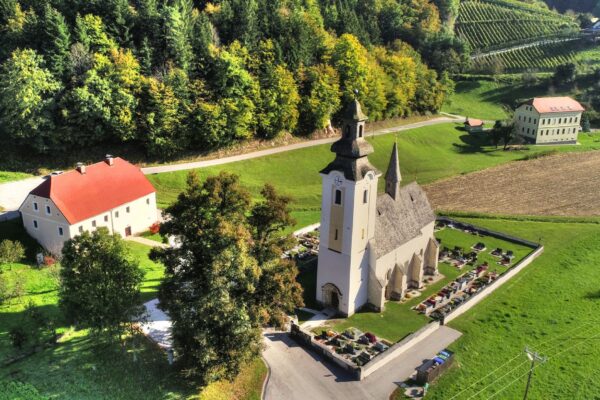
The Žička kartuzija Monastery was constructed in adherence to the Carthusian rules of the era and was organized into two distinct sections – the upper monastery for the monks and the lower monastery for the lay brothers..
The village of Špitalič derived its name from the monastery hospital intended for lay brothers and guests. As the economic hub of the monastery complex, the lower monastery housed stables, barns, glassworks, brickworks, and various other outbuildings, along with a guesthouse featuring an infirmary.
The origins of Špitalič intertwine with the legends surrounding the founding of the Žička kartuzija Monastery, contributing to its rich historical narrative.
“Otakar IV, the son of the founder of the Žička kartuzija, is said to have ultimately completed the construction of the monastery in the present Stare Slemene. Fearing that God’s wrath would strike his father Otakar III for disobedience to the apostle, when he had already begun to build a monastery in Konjice, he had another monastery with a church built on the site of today’s Špitalič. The new monastery was to be inhabited by the Templars – the Christian Order of Knights, and the church was dedicated to the Mother of God. When the then Pope Clement V cursed the Templars in 1312, the monastery in Špitalič was demolished, but they did not dare to demolish the Church of Mary, as it was protected by Mary. The legend goes on to say that on holidays, the bell-ringer as well as neighboring farmers heard a bell ringing at night, calling to the service of God. On hearing this ringing, the church caretaker rushed to the church several times, but found it locked and no one around.” (Zdovc 1994: 17)
Source: Zdovc, V. (1994). Legende in pripovedi na Konjiškem. Slovenske Konjice: Zgodovinsko društvo Konjice.

